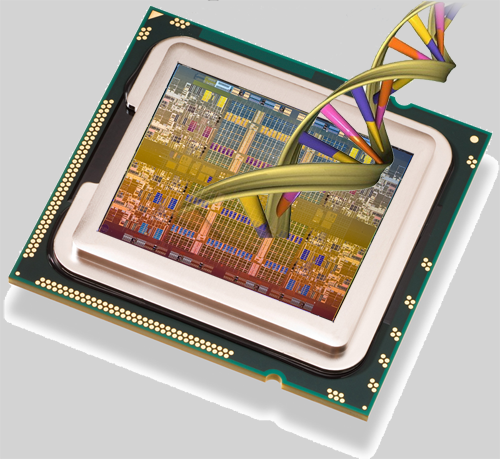Team:ENSPS-Strasbourg/Background
From 2011.igem.org
(Created page with "{{ENSPS-Strasbourg/Temp}} =Background= <DIV STYLE="text-align:justify;font-weight:bold;"> The goal of our iGEM project is to create a software with a graphical user interface t...") |
|||
| Line 19: | Line 19: | ||
</DIV> | </DIV> | ||
| - | [[File: | + | [[File:processeur.png|center|link=]] |
Revision as of 07:26, 21 September 2011
Background
The goal of our iGEM project is to create a software with a graphical user interface that allow a biologist to build models of small biological circuits and to start the associate simulation through a tool originally dedicated to the description and simulation of electronic circuits.
Nowadays, the design approach used in synthetic biology is similar to the one used in microelectronics. At mid-term, the design of a synthetic biology function is expected to be a kind of LEGO™ game which consists in assembling a set of elementary BioBricks. Similarly, over the past twenty years, the designing of complex electronic circuits, such as microprocessors, also consist in the assembly of standards cells picked-up in a design kit provider by silicon factories.
By this way, it is possible to design functional microelectronic systems compounds with more than 2 billion transistor (eg: Intel Xeon “Nehalem-EX”). This performance is possible thanks to the existence of powerful designing tools which are mostly semi-automatic. Today, the designing a digital electronic system require only an initial behavioral description of the targeted system and the ability to click on some buttons (in practice, design skill are still required in order to well configure the EDA (Electronic Design Automation) tool and to manually optimize some aspects of the design).
The power of EDA tools is their ability to carry out virtual testing, simulation, prediction and verification during the design process. Thus, the models of the standard cells are the keystone of this method. These are generally encoded in VHDL or VHDL-AMS languages which are “Hardware Description Languages” that are adapted to the need for EDA tools: VHDL models are understandable and usable by both the designer and the software.
In synthetic biology, the creation of Genetic Design Automation tools would be undoubltly an important vehicle for development of the field.

 "
"